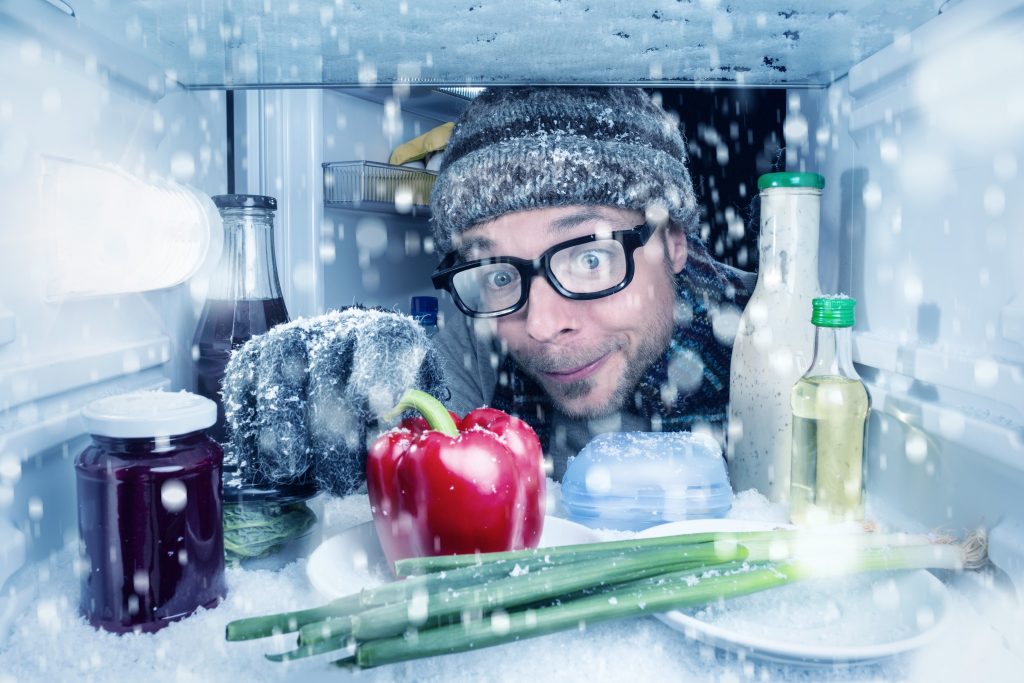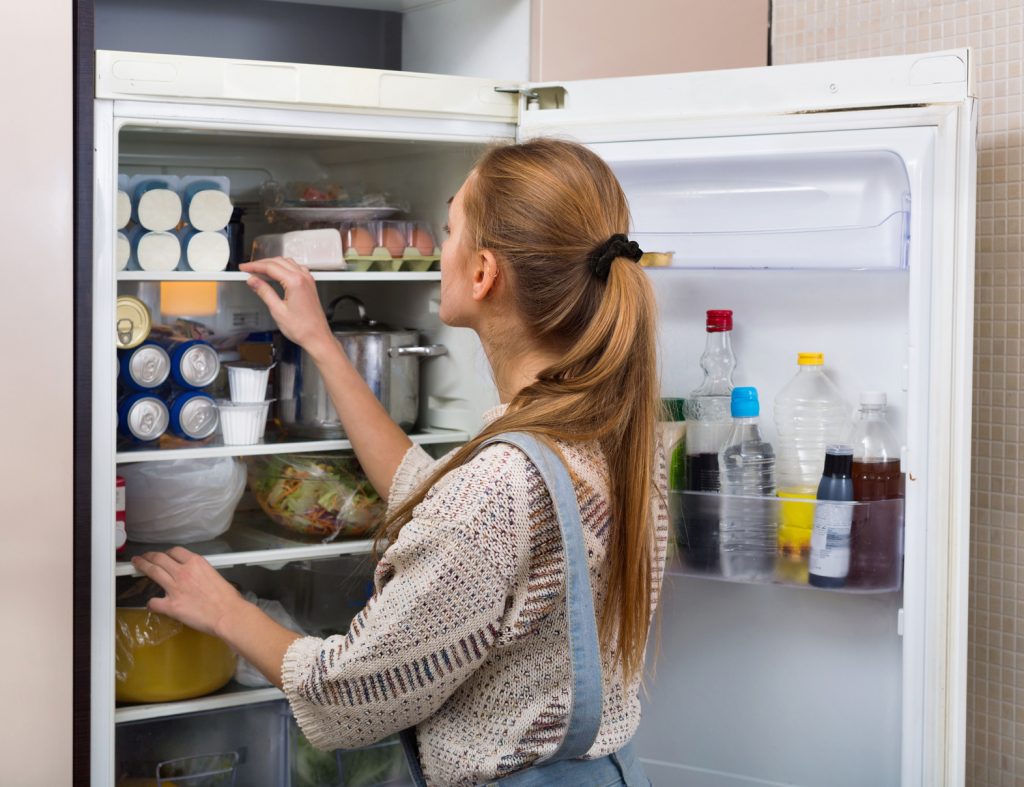Food Temperature Guidelines

What To Remember When Keeping The Temperature Right For Food Safety
We thought we’d do a piece on food temperature guidelines for those who are unaware of the correct temperature certain foods should be stored at. The rules on what is and isn’t considered a safe temperature for the storage of food are really quite straightforward and should be easy enough to follow. You need to be aware of three important areas to make sure you are staying within the law when it comes to keeping food at the right temperature.
The 3 Areas
- The temperature must be appropriate
- The temperature must be consistent
- The temperature is not the only factor in safety – time and location are also important
What Is The Right Temperature For Food Safety?
It is probably easier to look at when temperature is wrong before we look at when it is right. As a rule of thumb, you can consider a range of temperatures as being what is known as the danger zone. The danger zone is generally considered to be between 5 centigrade and 63 centigrade. This is the temperature range in which bacteria will find the most appropriate conditions to multiply and that is what we are trying to avoid. Below 5c the multiplication of bacteria will start to slow down (but not stop) and the food will stay fresh for longer. Spoilage will be slower in a fridge because the bacteria that cause spoilage are also affected. Remember though, slowed does not mean stopped. We pretty sure we have all had the experience of finding something like a furry, long forgotten, lemon at the back of the fridge which proves the bacteria still multiply.
When you need to keep cooked food hot, perhaps for a buffet, this is known as hot holding. The safe minimum temperature of 63c comes into play here because at this point bacteria starts to be affected adversely and multiplication slows. Hot holding is not cooking though (cooking food requires a whole different set of temperature rules) and it is not a long term solution.
Frozen food should be -18c or below. At very low temperatures bacteria will become dormant and remain that way as long as the temperature is low enough. This is why you should ensure food that is cooked with the intention of cold storage in either a fridge or freezer is cooled and stored as fast as possible. Once the cooling starts, the food enters the danger zone and bacteria begin to multiply rapidly. The faster you slow down multiplication or make the bacteria dormant, the fewer bacteria there will be. Dormant is not dead so defrosting to consumption should be as fast as possible but, and this is very important, you should always make sure food is defrosted properly so that the cooking process can happen. A good example of this is that thousands of people every year become sick from eating undercooked chicken and turkey where the bird has not been defrosted properly and some of the flesh does not reach full cooking temperature.
If you are working in or around a food environment, it’s absolutely crucial that you are equipped with the right food hygiene training and knowledge so that you are aware of potential risks and therefore take the necessary precaution for healthy and safe food. There are basic levels of food hygiene training which is usually level 1, then level 2 and 3 which are for those who work with food more regularly.
Why Is Consistency Important?
So, your fridge is between 0c and 4c, your freezer is -18c and your buffet is out and hot holding at just over 63c, which means your job is done, right? Sorry, no. You need to monitor the temperature regularly to ensure that everything remains where it should be. As soon as the temperature heads in the wrong direction you have an issue. If frozen food starts to defrost it should be discarded and not re-frozen. If your hot food drops below 63c for any period of time it is not safe to eat and if your fridge drops below 0 your food will start to freeze, or it goes above 5 bacteria will start to multiply.
You should have a regular schedule to check that all your equipment is working correctly and a probe to ensure hot food is holding above 63c. Never take chances with food safety because you could literally be gambling with the lives of your diners.
Why Do Time And Location Matter?
To multiply, bacteria need 3 things – a source of food, warmth and time. The more time your food is in the danger zone, the more likely it is to become a hazard. Location could also be a factor in how fast bacterial multiply. So, a buffet left out in a hot room is going to develop bacteria faster than one stored in cold room. Some common sense is required but the 2 hour rule should always be applied to food that is out on a buffet.
Open fronted chillers are actually allowed to be slightly warmer than 5c with 8c being acceptable for things such as deli counters or some supermarket displays. While 8c is acceptable you will notice that all the food in these chillers is either very low risk (such as bottled or vacuum-packed items), short date (i.e. freshly made to be eaten quickly) or rotated frequently. Location can also be a factor here because the open front means the display can be subject to variable heat sources.
Another time consideration is the ‘use by’ date applied to some food, under no circumstances should you use or sell any item that is past its use by date. It is illegal and dangerous to do so because the chilled storage has been taken into account when the date was applied. This is not to be confused with best before dates (see our blog specifically about this subject) which are more about how the product will taste than any potential hazard.

Food Safety Tips
Temperature control and food safety go hand in hand. Stay within safe temperatures, store effectively and make sure your food is consumed in time and you will have the basis of a good temperature control for food safety regime. If you’re unsure as to what the different dates mean on labels and packaging, we’ve got you covered. Take a look at what the dates on food actually mean article to learn more!
